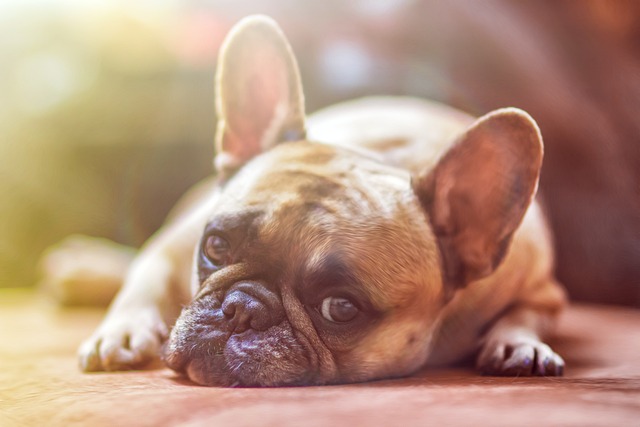
“My dog doesn’t want to eat kibble” is one of the phrases we hear the most. The million-dollar question is, “Doctor, can I mix kibble with natural food?”
Or even worse, some people don’t even ask me, they just tell me that they mix the natural food with the kibble in equal parts.
I know everyone does it with the best of intentions, but it’s not the ideal option.
As you may have realized from the numerous articles you can find in my blog, I advocate that dogs and cats should be fed with fresh and natural food, but I do not “demonize” kibble as long as it is of high quality and is given as a COMPLEMENT, not as the basis of our four-legged companions’ diet.
And understand that using it as a SUPPLEMENT means no more than 15-20% of the times that you feed your dog. So, if you feed him twice a day—about 60 times a month—that means that you should feed him natural food 50 times, and kibble, maybe 10 times a month, at most.
I imagine you are wondering: Why do people mix kibble with natural foods? Is it dangerous?
The answer to the first question is obvious: The dog gets tired of eating the same thing for 365 days a year, day and night. Wouldn’t you get tired of it? I’m sure you wouldn’t even last 3 days!
The owner, who doesn’t understand what is happening to his beloved friend, is frustrated. But what if he has been eating kibble his entire life?
The owner has found that the only way to convince his dog to eat it is to mix the kibble with natural food or leftovers from his own food to make it more palatable.
What I recommend is that you ALTERNATE natural food with the feed, rather than MIXING them.
If you find that your dog won’t eat kibble, the important thing is that you SHOULDN’T force him to eat it.
If your dog hasn’t eaten anything after ten minutes, take the food away; don’t force him to eat it; he’s not hungry, it’s as simple as that. When he becomes hungry, he’ll eat it. What is cruel and unhealthy is that 80% of the time you give your dog these dry balls, he doesn’t eat them, which is understandable. Try it yourself and you will understand how heartless this practice is.
It should NOT be mixed in because the natural food is “sequestered”, and this produces inadequate fermentation in the stomach which produces gases that can lead to “gastric dilatation”.
If your dog is one of those who dislikes kibble, in order for him to start eating it, I advise you to do the following:
Buy a good-quality, cereal-free feed.
Add ONLY 5% of natural food to the total processed food. For example, if your dog eats 300 grams of feed, give him 285 grams, plus 15 grams of natural food such as belly pork, chicken skin, bacon, butter (much better than margarine), egg (scrambled, hard-boiled or in an omelette), York ham… basically, animal fat or protein.
It is important that you understand that the dog’s digestive system has evolved to gulp down food, so it is “designed” to hold large chunks of food, not kibble.
Finally, let’s come to the second question you have been asking yourself from the beginning:
Why is it dangerous to mix feed with natural foods? It is dangerous for two reasons:
Kibble is more prone to cause gastric torsion or volvulus (dilation of the stomach as if it were a balloon, swelling until it bursts) with deadly consequences. In all the years I worked in the clinic, I attended hundreds of emergencies for gastric volvulus or gastric torsion and I NEVER ATTENDED ANY for dogs which ate natural food; ALL were for dogs which were fed kibble.
Natural foods have a much shorter digestion time than pellets.
On the other hand, one of the advantages of feeding a dog with natural foods is that the size of the pieces of food is much larger than the largest of the pellets. It has been scientifically proven that the smaller the size of the food, the more likely it is that a gastric torsion or volvulus will occur.
I recommend that you read the following article: The size of the food influences gastric dilation.
So, to summarize what I have been talking about: ALTERNATE, DO NOT MIX.
Oh! Something very important: do not allow your dog to be too active after eating, especially if you give him processed foods. Why? Because kibble can take ten hours or more to leave the stomach, and during all that time, it is fermenting, and the gases that are produced can cause gastric volvulus.
How to know if your dog is suffering from gastric volvulus: If you see that your dog is restless and the stomach area begins to swell, do not waste any time. Take him to the vet urgently. IT’S A QUESTION OF LIFE OR DEATH!
Click here and fill out the questionnaire so that we can start working together.
Best regards
